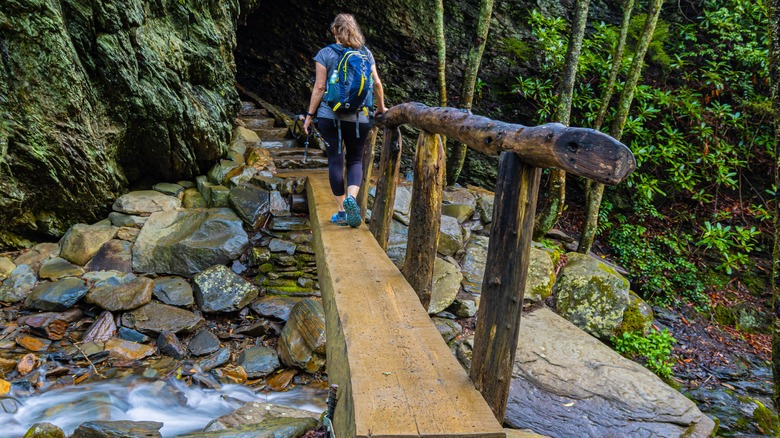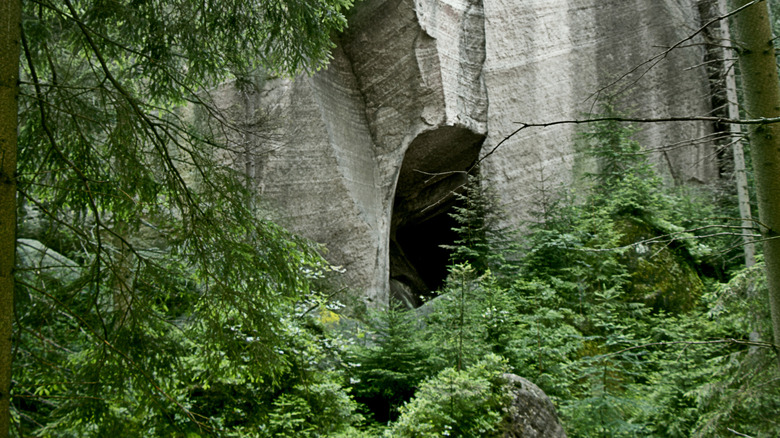How To Determine If A Cave Is Safe To Use As Shelter If You're Lost In The Woods
We may receive a commission on purchases made from links.
When you find yourself lost in the woods, seeking shelter in a cave can be a viable option, but it's essential to evaluate its safety first. Start by examining the cave's entrance and surroundings. Look for signs of recent animal activity, such as tracks or droppings. If you notice evidence of wildlife, it may be best to avoid that cave, as it could pose a threat to your safety. Additionally, check for any loose rocks or debris that could fall, especially if there are signs of erosion or instability.
Next, assess the cave's size and ventilation. A cave that's too small may restrict your movement and make it difficult to breathe if air circulation is poor. Ideally, the cave should be spacious enough to allow you to sit or lie down comfortably while providing adequate airflow. If possible, enter cautiously and listen for any unusual sounds that might indicate danger.
It's also crucial to consider the weather conditions. If rain is forecasted, avoid caves that could flood or become hazardous due to water accumulation. Furthermore, ensure that the cave is not located in a floodplain or near a riverbank where rising waters could pose a risk. Remember, while a cave can provide temporary shelter from elements like wind and rain, your safety is paramount. Always remain vigilant and trust your instincts about whether a cave feels secure enough for shelter.
Making the most of your survival situation
Once you've determined that a cave is safe for shelter, it's time to make it work for you in your survival situation. First, create a comfortable sleeping area using leaves or other natural materials to insulate yourself from the cold ground. This will help maintain body heat and provide some comfort during your stay. If you have any gear with you, such as a sleeping bag or blanket, use it to enhance your comfort level.
Before settling in, inspect the cave for potential hazards. Look for signs of rockfall or unstable boulders that could pose a danger. Evaluate the cave for water damage or moisture. Areas that appear wet or muddy may indicate leaks, which could lead to discomfort or even flooding during rain. Opt for dry spots to set up your sleeping area, ensuring you stay warm and dry throughout the night.
For lighting, avoid open flames as they can deplete oxygen levels and introduce harmful gasses. Instead, use LED headlamps or glow sticks, which are safer alternatives for illuminating your space without risking air quality issues. Always carry extra batteries to ensure you have sufficient light throughout your stay. Finally, adhere to the Leave No Trace principles. This includes packing out all trash and minimizing your impact on the cave ecosystem and respecting the nearby environment. By following these guidelines, you should be set up to survive your night in a cave, but it's always best not to get lost in the first place.

